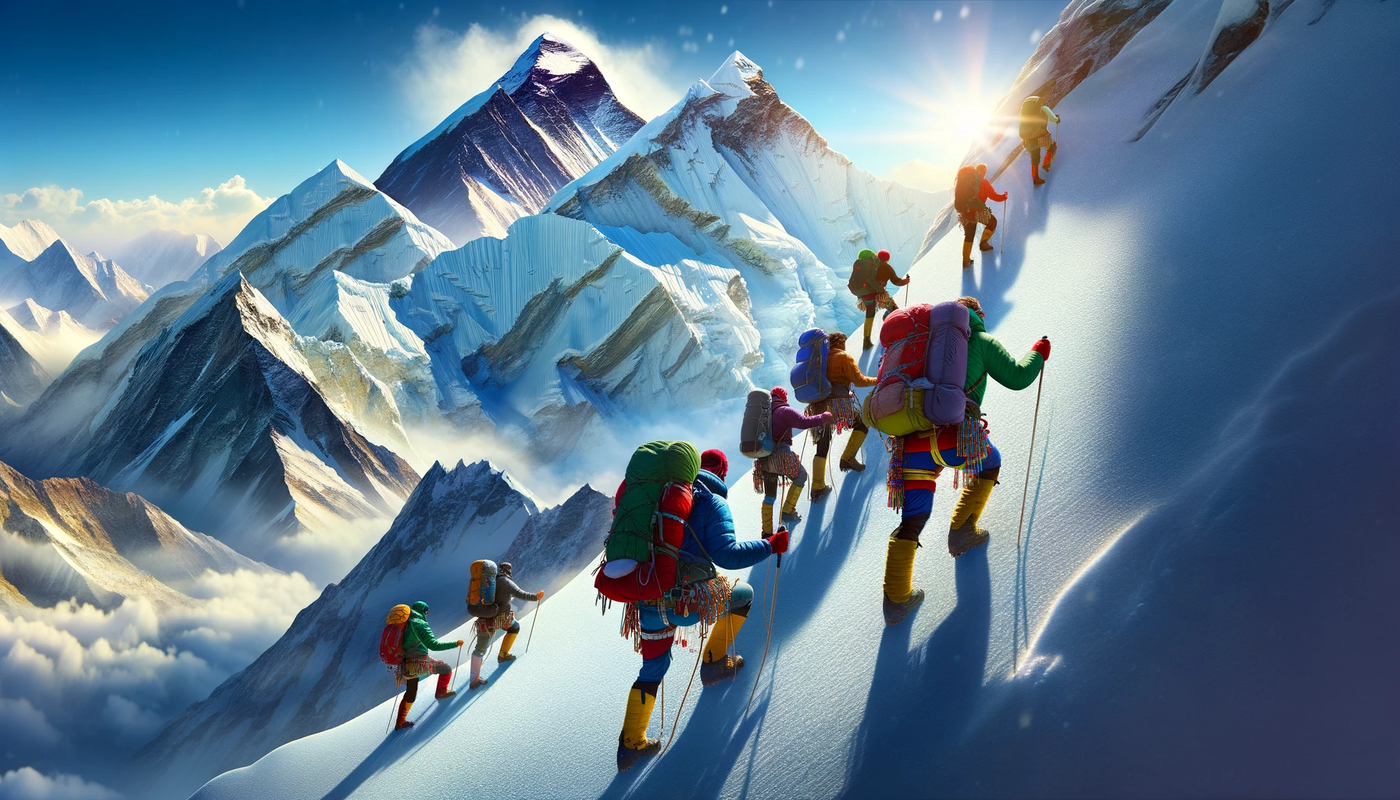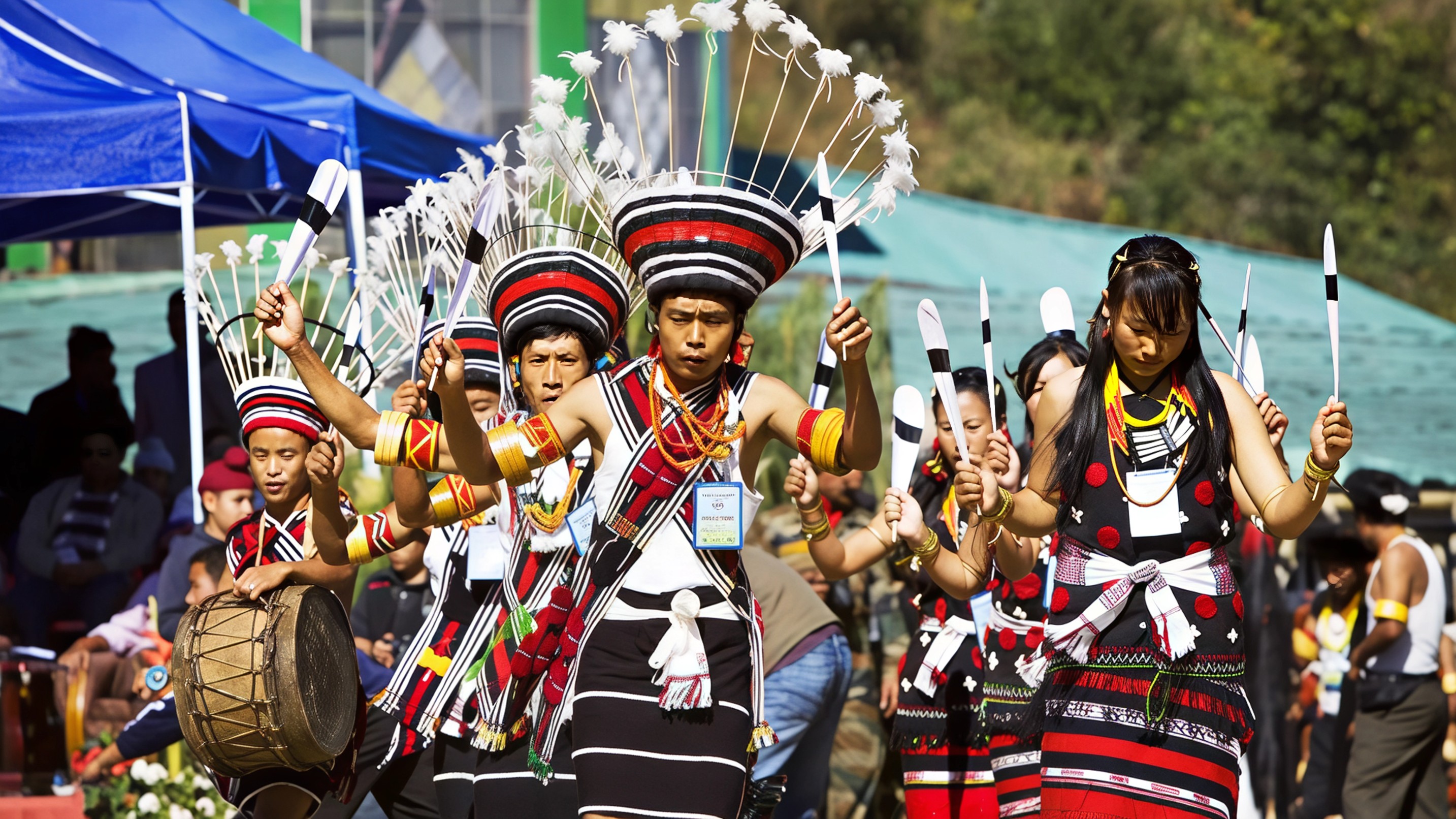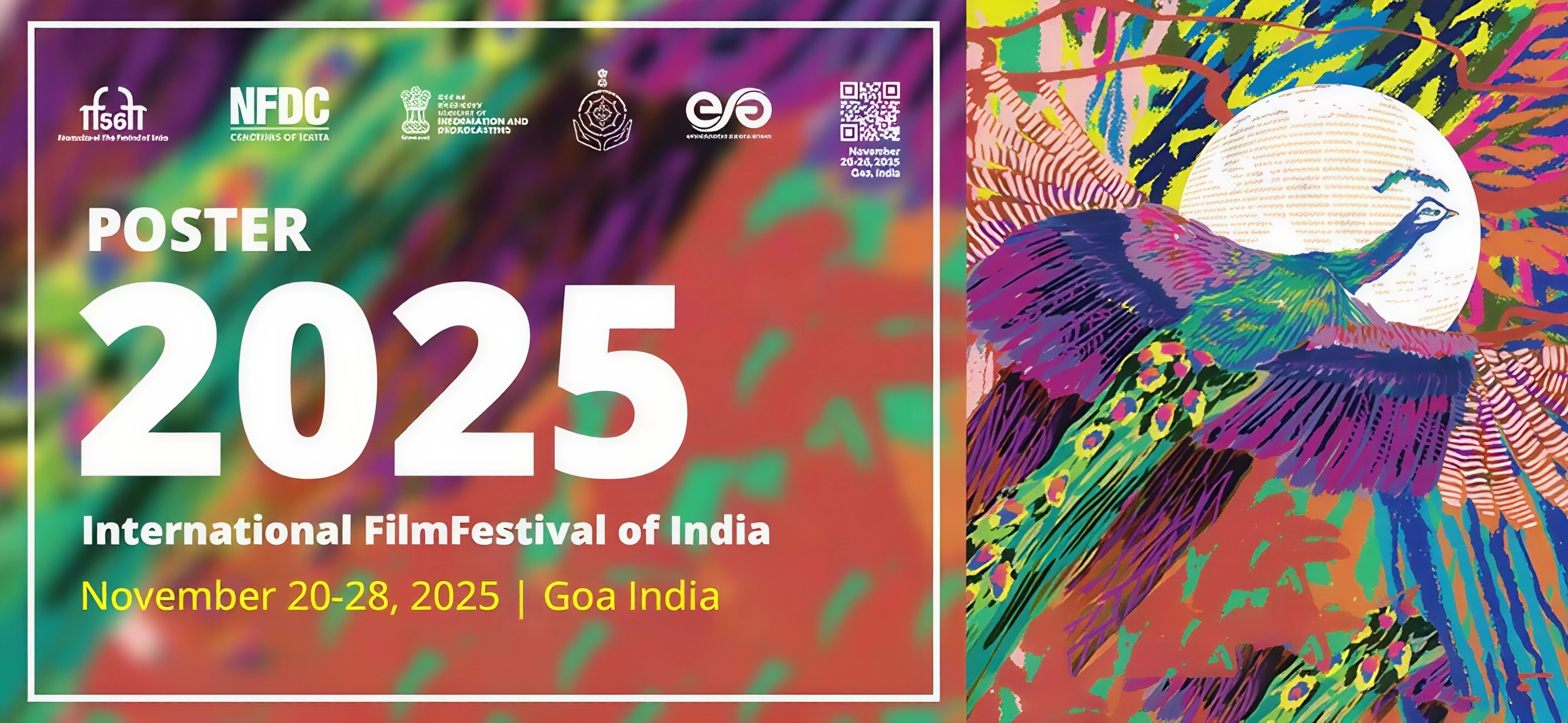A slight shift of a ladder on Everest can turn catastrophic within seconds. The responsibility of navigating this treacherous path falls on Everest climbing guides, predominantly ethnic Sherpas, who earn between $4,000 and $10,000 per climb, usually limited to one expedition per year. This job ranks among the most dangerous globally. In 2023, the highest number of climbers was recorded, alongside the most fatalities. Since Everest’s first recorded climb, 332 people have perished, over a third being mountain guides.
The Role of Sherpa Guides
At 2 a.m. in base camp, Phurba Wangchhu Sherpa leads a team of climbers up Everest, a mountain he has summited 14 times. Each climb begins with a puja ceremony, praying for safe passage. Despite his success, Phurba remains acutely aware of the deadly risks. Over several weeks, the climbers, guided by Phurba and his experienced team, face avalanches, storms, and deadly passageways.
Climber Confidence and Training
Climbers like Sam feel reassured by the extensive experience of their Sherpa guides. The next morning, guides conduct vital training near base camp, teaching climbers how to handle steep inclines and problem-solve on the spot. This training is essential for climbers to work effectively with their expedition team.
Economic Realities of Sherpa Guides
Guides like Phurba earn significantly less than the agencies charge climbers, typically between $4,000 and $10,000 per climb. They also invest in their gear, which can cost up to $7,000. Despite the risks, many guides take on additional work to sustain their livelihood. The majority of summits occur in the spring season, limiting guides to one expedition per year.
Safety Measures and Rescue Missions
In May 2023, a team of Sherpa guides rescued a climber from Everest's death zone, illustrating the critical role they play in emergencies. The Nepalese government now requires every climber to have at least one climbing guide, with many climbers choosing local Sherpa guides for their expertise and physical adaptations to high altitudes.
The Khumbu Icefall
The Khumbu Icefall is one of the most dangerous sections, where three Sherpas lost their lives in 2023. "Icefall doctors" prepare the safest routes each season, funded by expedition fees. Despite these precautions, the risks of crevasses and avalanches remain high.
The Future of Sherpa Guides
As Everest tourism grows, so does the frequency of fatalities. The rising death toll has prompted the Nepalese government to increase the price of climbing permits and salaries for high-altitude guides. However, the future for guides remains uncertain, with younger generations increasingly pursuing other professions. The profession of Everest climbing guides is fraught with danger and economic challenges. As the Everest tourism industry continues to expand, the safety and well-being of these indispensable guides remain a critical concern.
The Future of Sherpa Guides
As Everest tourism grows, so does the frequency of fatalities. The rising death toll has prompted the Nepalese government to increase the price of climbing permits and salaries for high-altitude guides. However, the future for guides remains uncertain, with younger generations increasingly pursuing other professions. The profession of Everest climbing guides is fraught with danger and economic challenges. As the Everest tourism industry continues to expand, the safety and well-being of these indispensable guides remain a critical concern. Check out this video on the future of Sherpa guides and the dangers of summitting the Everest.









